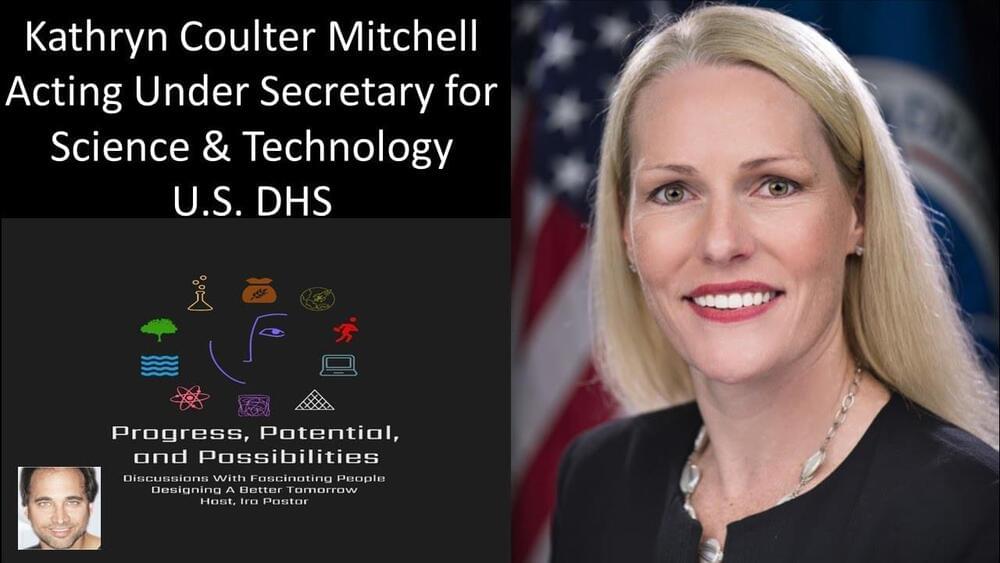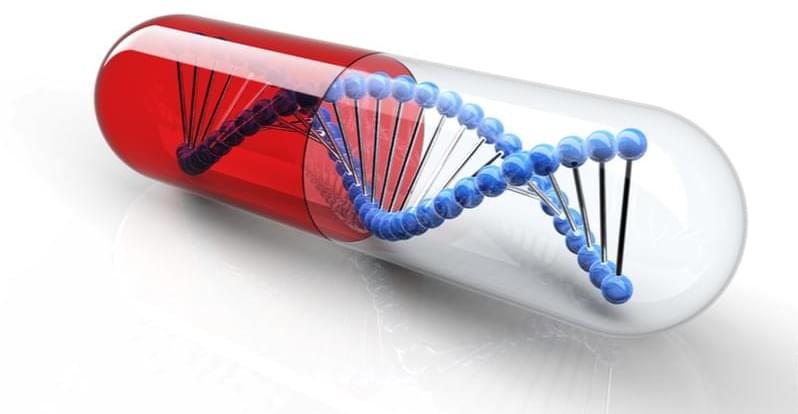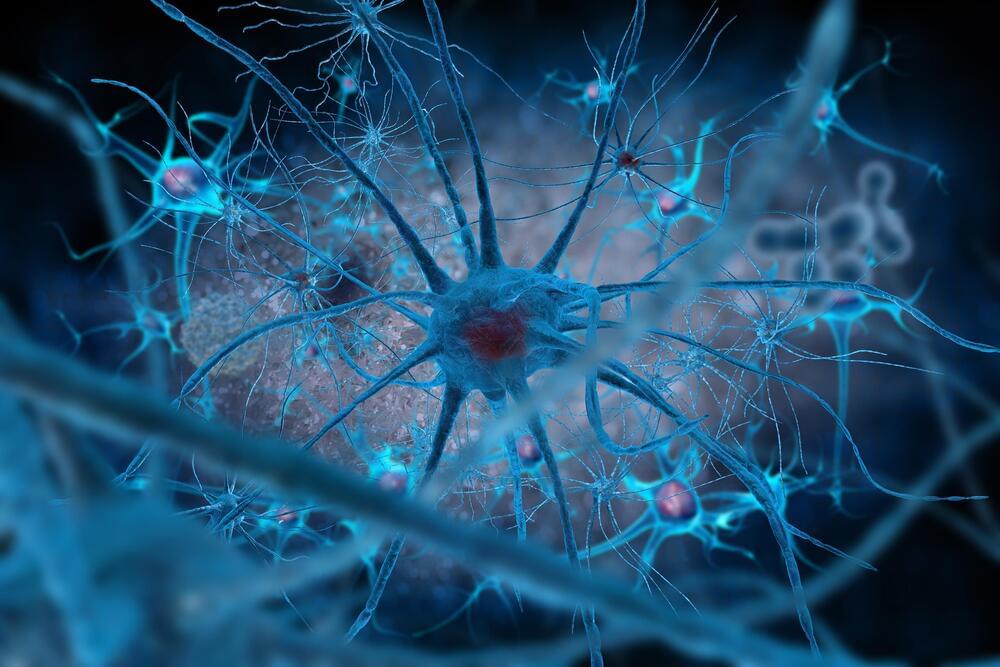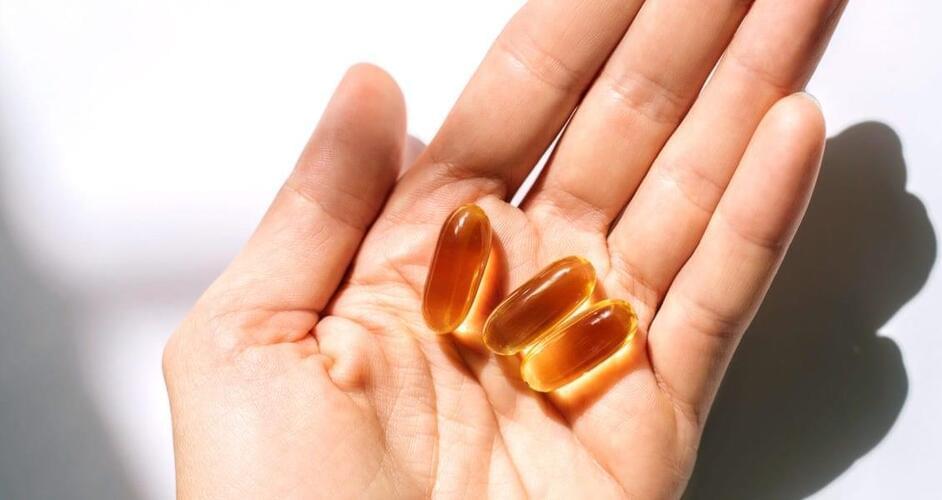Archive for the ‘biotech/medical’ category: Page 1002
May 13, 2022
Humans on the Polaris Dawn space mission will be like lab rats for radiation
Posted by Gemechu Taye in category: biotech/medical
May 13, 2022
Learn about the Science that could one day overcome age related diseases
Posted by Paul Battista in categories: biotech/medical, life extension, science
Learn More
Here at Lifespan.io, we publish fact-checked news and deep interviews with aging researchers to help people track the development of treatments targeting aging. These treatments aim at preventing and curing age-related diseases and may improve lives of thousands of people around the globe!
Everyone deserves to know about the emerging opportunities in the field of healthy life extension research. Knowledge is empowering. In our articles and popular science videos, we discuss the progress, pros, cons, and social implications of innovative medicine for controlling aging, and the steps that are needed to accelerate its clinical implementation.
Continue reading “Learn about the Science that could one day overcome age related diseases” »
May 13, 2022
Scientists Suggest Editing Human Genetic Code to Prevent Heart Attacks
Posted by Kelvin Dafiaghor in categories: biotech/medical, business, genetics
Heart attacks are the world’s leading cause of death, yet the few treatments available are often expensive and inaccessible. Although that’s been the case for years, the World Health Organization warned back in 2020 heart disease numbers were still on the rise.
Verve Therapeutics says altering human genomes to prevent the buildup of bad cholesterol might be the answer, and is creating what CEO Sekar Kathiresan says may be a permanent solution to heart disease. The company is backed by Google Ventures, according to a report about the breakthrough published Friday in Bloomberg. Verve also counts a Harvard medical professor and an award-winning medical expert among its cofounders.
“We’re on the cusp of potentially transforming that model to a one-and-done treatment,” Kathiresan told the business publication.
May 13, 2022
Using an Endemic Virus as a Gene Therapy for Life Extension
Posted by Montie Adkins in categories: biotech/medical, genetics, life extension
In a study printed in PNAS, researchers have shown that telomerase reverse transcriptase (TERT) can be given to cells in living mice through a viral vector, taking the idea of life-extending gene therapies from science fiction to reality.
Why a cytomegalovirus?
The human cytomegalovirus (CMV) is widely known as an endemic virus that, while usually asymptomatic, is known to cause with harmful effects in babies and older adults. However, some of its properties make this virus suitable for delivering gene therapies. As cytomegaloviruses can carry large genetic payloads and don’t overwrite the DNA of their host cells [1], replacing the genes of these viruses with beneficial DNA may be safer than approaches with more potential off-target effects; development in this area is ongoing, and a phase 1 human clinical trial has already been conducted [2].
May 13, 2022
Kathryn Coulter Mitchell — R&D For US Security & Resilience — Science & Technology Directorate — DHS
Posted by Ira S. Pastor in categories: biotech/medical, cybercrime/malcode, government, policy, science

R&D & Innovation For U.S. Security & Resilience — Kathryn Coulter Mitchell, Acting Under Secretary for Science and Technology, DHS Science and Technology Directorate, Department of Homeland Security.
Kathryn Coulter Mitchell (https://www.dhs.gov/person/kathryn-coulter-mitchell), is Acting Under Secretary for Science and Technology (S&T), at the U.S. Department of Homeland Security, where as the science advisor to the Homeland Security Secretary, she heads the research, development, innovation and testing and evaluation activities in support of the Department of Homeland Security’s (DHS) operational Components and first responders across the nation.
May 13, 2022
Stem cell therapy set for human trials after reversing Parkinson’s in rats
Posted by Kelvin Dafiaghor in categories: biotech/medical, neuroscience
Stem cell therapies are showing huge promise in a lot of areas, but one application that has scientists particularly excited is in next-generation treatments for Parkinson’s disease. A team experimenting in this area has demonstrated how implanting carefully cultivated stem cells into rats can bring about remarkable recovery from motor symptoms typical of the disease, and are now setting their sights on upcoming human trials.
Parkinson’s disease is considered a prime target for innovative stem ell therapies because the condition can be traced back to the deterioration of a particular type of cell in a particular region of the brain. The neurons in the substantia nigra, a structure in the midbrain, are responsible for producing dopamine, which helps control movement, among other things.
The loss of these neurons is what contributes to motor symptoms in Parkinson’s patients, so using stem cell therapies to replace them is a very appealing idea, and one that has started to migrate from animal testing to humans. In a world-first trial undertaken in Japan in 2018, Parkinson’s patients had stem-cell-derived precursor cells implanted into their brains where they matured into the dopamine-producing neurons, with a number of subjects reported to be doing well.
May 12, 2022
Key Protein Identified for Brain Stem Cell Longevity
Posted by Dan Kummer in categories: biotech/medical, life extension, neuroscience
A receptor that was first identified as necessary for insulin action, that also is located on the neural stem cells found deep in the brains of mice, is pivotal for brain stem cell longevity, according to a Rutgers study, a finding that has important implications for brain health and future therapies for brain disorders.
The study 0, appearing in the journal Stem Cell Reports, pinpoints a specific protein known as the insulin receptor (INSR), which is abundant on the neural stem cells that reside in the brain’s subventricular zone. During development, neural stem cells give rise to the entire nervous system, and they persist into adulthood. Over the lifespan these neural stem cells produce new neurons and non-neuronal cells that maintain the infrastructure and functioning of the brain.
Separately, the scientists made another finding when examining brain tumors: INSR plays a crucial role in sustaining and maintaining a population of specialized brain cancer cells known as glioblastoma (GBM) stem cells. When they inactivated the INSR in the GBM stem cells they inhibited the growth of those primitive tumor forming cells.
May 12, 2022
4 Supplements That Can Become Lethal When Combined With Certain Prescription Medications, According to a Pharmacologist
Posted by Genevieve Klien in category: biotech/medical
Common supplements, such as St. John’s wort, calcium, and iron, can reduce the efficacy of certain drugs, like antibiotics and antiviral medication.
Geophysicists used remote sensing to see reservoirs beneath the surface. That water could speed up the loss of ice as the climate warms.
May 12, 2022
Researchers Pinpoint Reason Infants Die From SIDS
Posted by Michael Taylor in categories: biotech/medical, neuroscience
Sudden infant death syndrome (SIDS) accounts for about 37% of sudden unexpected infant deaths a year in the U.S., and the cause of SIDS has remained largely unknown. On Saturday, researchers from The Children’s Hospital Westmead in Sydney released a study that confirmed not only how these infants die, but why.
SIDS refers to the unexplained deaths of infants under a year old, and it usually occurs while the child is sleeping. According to Mayo Clinic, many in the medical community suspected this phenomenon could be caused by a defect in the part of the brain that controls arousal from sleep and breathing. The theory was that if the infant stopped breathing during sleep, the defect would keep the child from startling or waking up.
The Sydney researchers were able to confirm this theory by analyzing dried blood samples taken from newborns who died from SIDS and other unknown causes. Each SIDS sample was then compared with blood taken from healthy babies. They found the activity of the enzyme butyrylcholinesterase (BChE) was significantly lower in babies who died of SIDS compared to living infants and other non-SIDS infant deaths. BChE plays a major role in the brain’s arousal pathway, explaining why SIDS typically occurs during sleep.

















